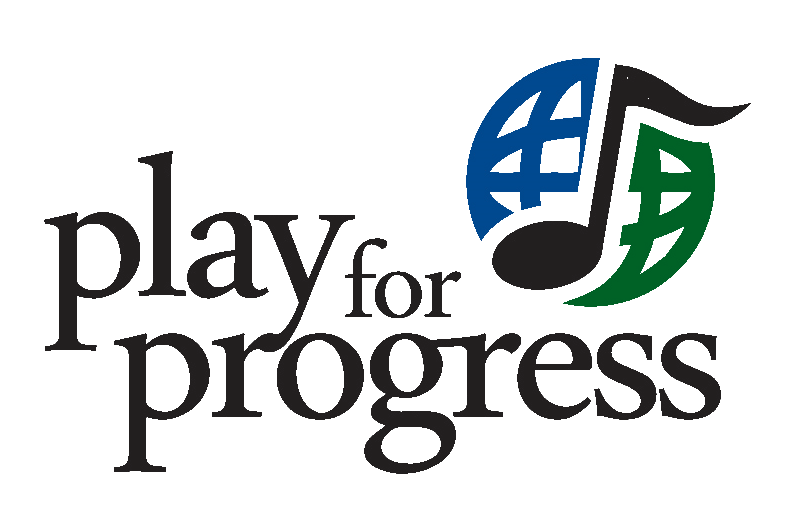How My Placement at PFP Helped Shape My Perception of Young People Seeking Asylum
Sometimes we find ourselves stuck in particular ways of thinking without being consciously aware, working with unaccompanied minor refugees and asylum-seekers certainly brought my attention to this fact.
Prior to my student placement at Play for Progress, I unwittingly had preconceived ideas about what work with refugees would entail.
There were questions and assumptions swirling throughout my mind, namely concerns around being supportive enough and holding boundaries for a client whom I didn’t share a common language with. I had fears that I may be misconstrued and that I’d be seen as a figure of authority and untrustworthy. I felt a huge sense of responsibility and put an enormous amount of pressure on myself in order that I didn’t ‘let my client down’.
As a student, this became a source of concern and worry that I wouldn’t be able to fulfil my role as a trainee Dramatherapist.
Over the course of months that my client and I worked together, it became increasingly clear that we had built a great rapport with one another and my fears of being perceived as untrustworthy faded. Over time I began to notice I had employed the ‘person-centred approach’ to our sessions – a theory made popular by the humanistic psychologist Carl Rogers. The person-centred approach encourages “empathy, unconditional positive regard and mutual respect”, which tended to be present throughout our sessions.
“Rogers maintains that the human ‘organism’ has an underlying ‘actualising tendency’, which aims to develop all capacities in ways that maintain or enhance the organism and move it toward autonomy”.
Encouraging my client to become autonomous and realise his innate ability is a key feature in this type of work, which is something I tried to remain cognisant of during our time together.
Each session I found myself almost in awe at the way in which this 17-year-old boy handled the stresses and challenges life had thrown at him. As time went on I felt inspired at his ability to maintain a sense of hope and not become defeated by his circumstances. His attitude of ‘onwards and upwards’ influenced the tone of the sessions and he expressed his emotions with ease, using bodily gestures to get his point across.
Art was used to convey meaning, a range of images were employed to express words unspoken and breath work became a staple. The images were particularly effective at encouraging him to communicate emotions he didn’t yet have the language for and metaphor can really allow clients to reveal what may be unknown to them – Carl Jung refers to this as the ‘unconscious’ part of the psyche, which can be described as “The thoughts, feelings, memories and experiences that are not permitted by the ego…these may range from inconsequential experiences to traumatic events or thoughts”
Then Covid-19 happened. New concerns arose around how to maintain the bond we had created, and I wondered how we would maintain the creativity that was such a big part of our sessions.
Fortunately as there was such a focus on building the therapeutic relationship prior to the pandemic, the transition was relatively smooth considering the collective anxiety prevalent across the globe. In fact, the sessions seemed to provide mutual relief as it was one of the only things that remained consistent for us both at the time.
I can honestly say that my placement experience had an impact on my perception of both the client group and myself and there appeared to be some form of transformation that took place for us both.
In the words of Carl Jung “The meeting of two personalities is like the contact of two chemical substances: if there is any reaction, both are transformed.”
References
Pescitelli, GoogleScholar
Oxfordreference.com
enrary.net
